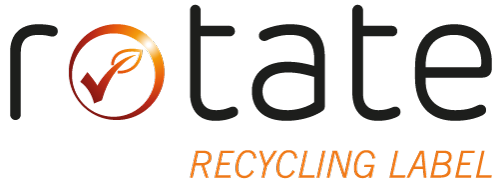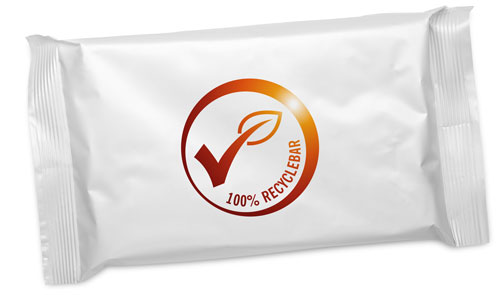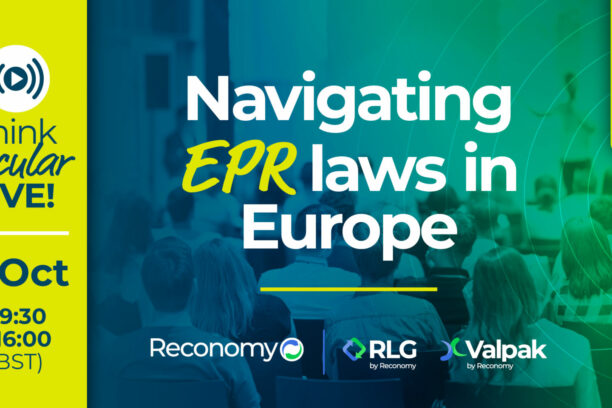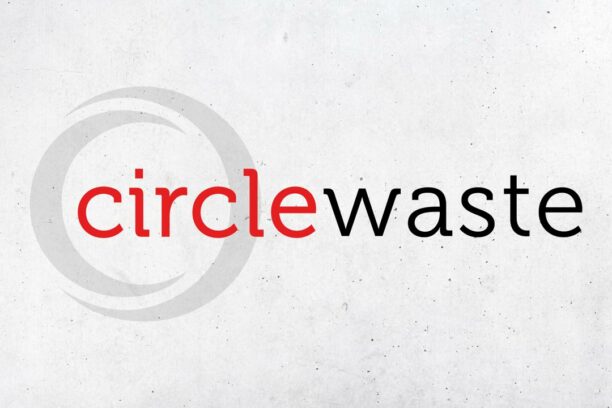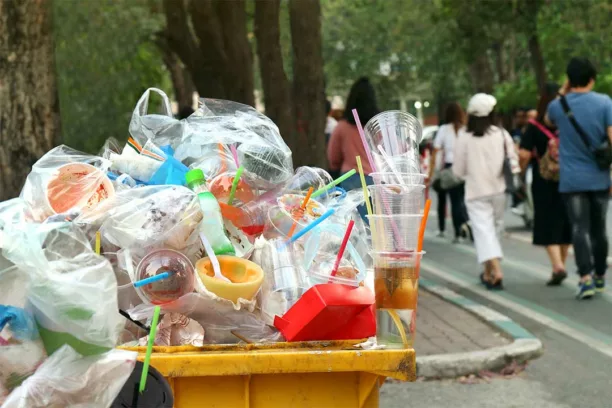New minimum standard 2023 – for measuring the recyclability of packaging
The Central Packaging Register Office has published the new edition of the Minimum Standard 2023 as of September 1, 2023. The publication happens in agreement with the Federal Environment Agency. Categories for evaluating recyclability remain unchanged.
The aim of the Packaging Act is to promote high-quality recycling in order to conserve resources and reduce the impact of packaging waste on the environment. This can only succeed if companies design their packaging in a way that is suitable for recycling and if this packaging is actually recycled. Just as companies design their packaging with their properties in mind, plant technologies, process technologies and their capacities must also be adapted to the respective material requirements. For this reason, the Packaging Act stipulates that packaging may only be classified as recyclable if a functioning recycling infrastructure is in place.
As part of a study by the Federal Environment Agency, the specific sorting and recycling capacities for the different types of packaging are determined scientifically each year. The results are incorporated into the further development of the minimum standard. In particular, quantitative statements are made on the availability of existing sorting and recycling structures, differentiated by packaging type. On this basis, the minimum standard already regulates the cases in which individual proof of actual recycling is required. If capacities are proven for more than 80 percent of the material flow, it is assumed that a sufficient recycling infrastructure is available. If sorting and recycling capacities cover less than 20 percent of the material flow, companies already have to provide itemized proof of recycling. If there are limited recycling capacities between 20 and 80 percent, such an itemized statement can already be required since 2019.
Recycling infrastructure remains unchanged in the 2023 minimum standard
In order to simplify the application and interpretation of the minimum standard and promote high-quality recycling, there was the following proposed solution in the consultation process: Eliminate the wide range between 20 and 80 percent for which there was no real regulation.
The 2023 minimum standard does not initially include this proposal. However, the topic remains in focus, especially with regard to the planned European Packaging Regulation. Thus, it is to be expected that packaging will always have to be reusable or recyclable in the future; even if concrete requirements and limit values of the expected European regulations have not yet been conclusively defined. Preparing for this early and in a structured manner is an opportunity and ensures the marketability of the packaging solution.
Changes in the 2023 minimum standard: Recycling of glass and printing inks
In this year’s minimum standard, the ZSVR has defined a limit value for the light transmission (translucency) of glass. This determines whether packaging made of glass is recyclable. If a glass package is not translucent, it is sorted out in the plants as a contaminant because it is not recyclable. This is the case, for example, with painted bottles.
Nitrocellulose (NC)-based printing inks are now classified as non-recyclable in intermediate printing. NC impairs the mechanical recycling process due to a limited temperature resistance and reduces the quality of recyclates.
If you have any questions about the new minimum standard or if you would like to have your packaging tested for recyclability, contact our expert Peter El-Gazzar.
Source: Read the press release of the Stiftung Zentrale Stelle Verpackungsregisterhere.
How recyclable is your packaging?
With our “rotate” testing method, we analyze and evaluate packaging with regard to recyclability and develop suggestions for improvement for future-oriented packaging design.
Still questions about the new minimum standard?
Contact our project manager recyclability/rotate

- Peter El-Gazzar
- +49 221-800 158 420
- peter.el-gazzar@noventiz.de
- Connect on LinkedIn

